A Visit to Dazaifu Tenman-gū, Fukuoka Prefecture.
.
Dazaifu Tenman-gū is a Shinto shrine in Dazaifu, Fukuoka Prefecture, Japan. It is built over the grave of Sugawara no Michizane (845–903) and is one of the main shrines dedicated to Tenjin, the deified form of Michizane.
According to legend, Michizane was a gifted student who composed many poems dedicated to his favorite plum trees.
When Michizane died, his body was carried by an ox that stopped near a Buddhist monastery. Unable to move the body along, Michizane was buried there by his follower, Umasake no Yasuyuki, and the shrine was built there. Today, a statue of an ox stands nearby to commemorate the event. It's also said that the plum tree inside the shrine flew from Kyoto to be reunited with Michizane in his death, and that it is always the first plum tree to bloom in Japan.
The shrine's precinct spans over 3,000 acres (12 km2) and includes several structures. Its honden, or main shrine, was first built by Yasuyuki Umasake in 905, two years after the death of Michizane.
The grounds also contain two ponds, a bridge and a treasure house. One pond is a traditional garden style, shinji ike, named for being shaped to resemble the kanji character for "heart."
Kyushu National Museum - Photos taken there.
The Kyushu National Museum opened on October 16, 2005, in Dazaifu near Fukuoka - the first new national museum in Japan in over 100 years, and the first to elevate the focus on history over art. The distinct modern impression created by the architectural facade is mirrored in the museum's use of technological innovations which are put to good in making the museum's collections accessible to the public. For example, the museum's extremely high resolution video system, with the latest image processing and color management software, serves both in documenting the objects in the museum's collection and also in expanding access beyond the limits of a large, but finite exhibition space.
The striking wood and glass building in the hills, it hosts important collections of Japanese artifacts, particularly ceramics, related to the history of Kyūshū.
It hosts temporary exhibitions on the third floor, while the permanent collections are on the fourth floor. The collections cover the history of Kyūshū from prehistory to the Meiji era with particular emphasis on the rich history of cultural exchange between Kyūshū and neighboring China and Korea.
Unlike most museums in Japan, which contract out conservation work, the Kyushu National Museum has an extensive on-site suite of conservation labs and associated staff, serving as the major conservation center for all of western Japan.
The museum was designed by Kiyonori Kikutake.
Both sources from Wikipedia.
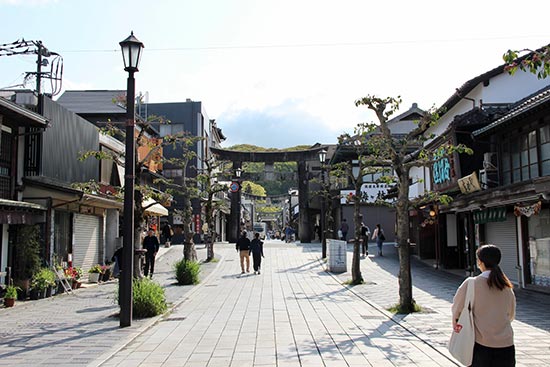
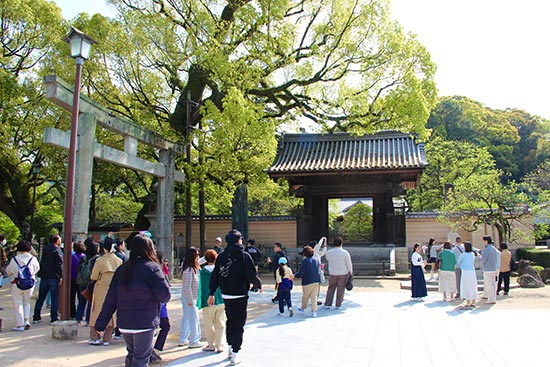
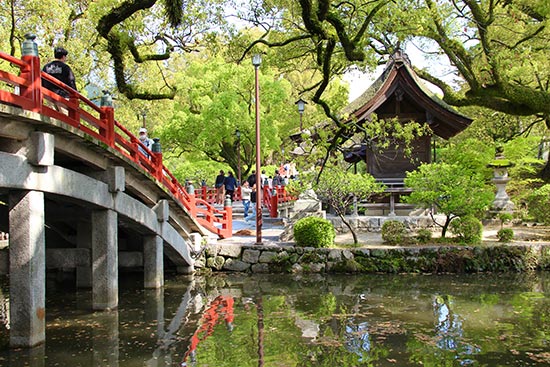
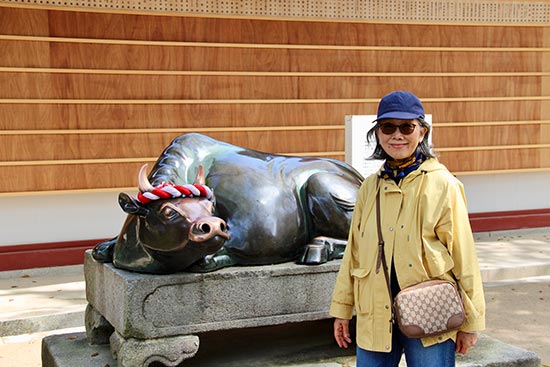
Kyushu National Museum
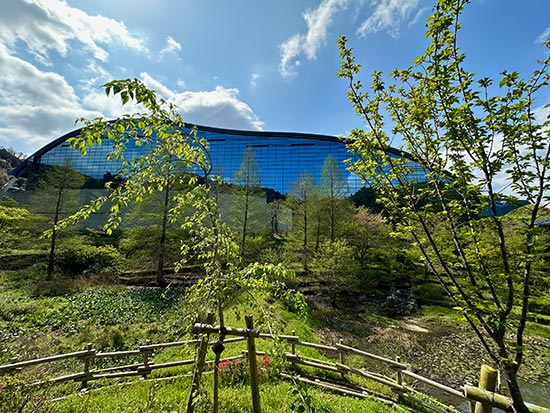
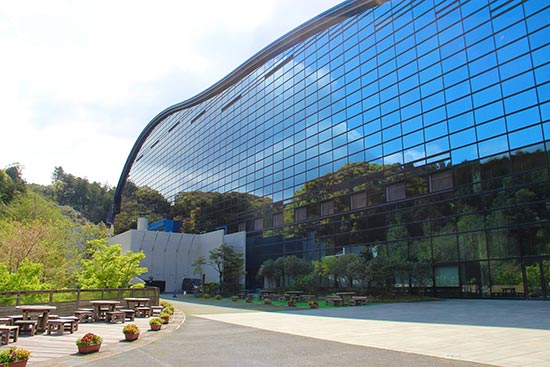
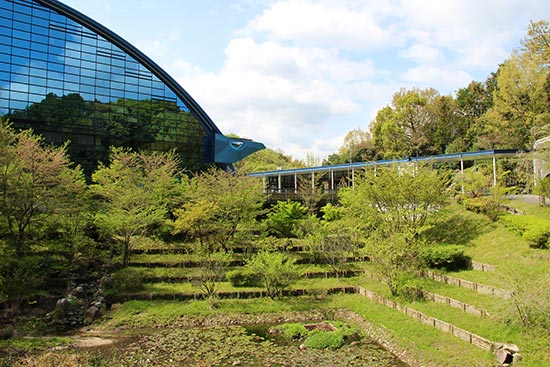
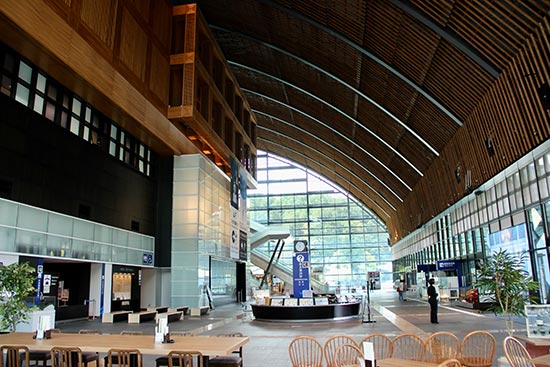
© 2023 - Photos by JC Dumont

